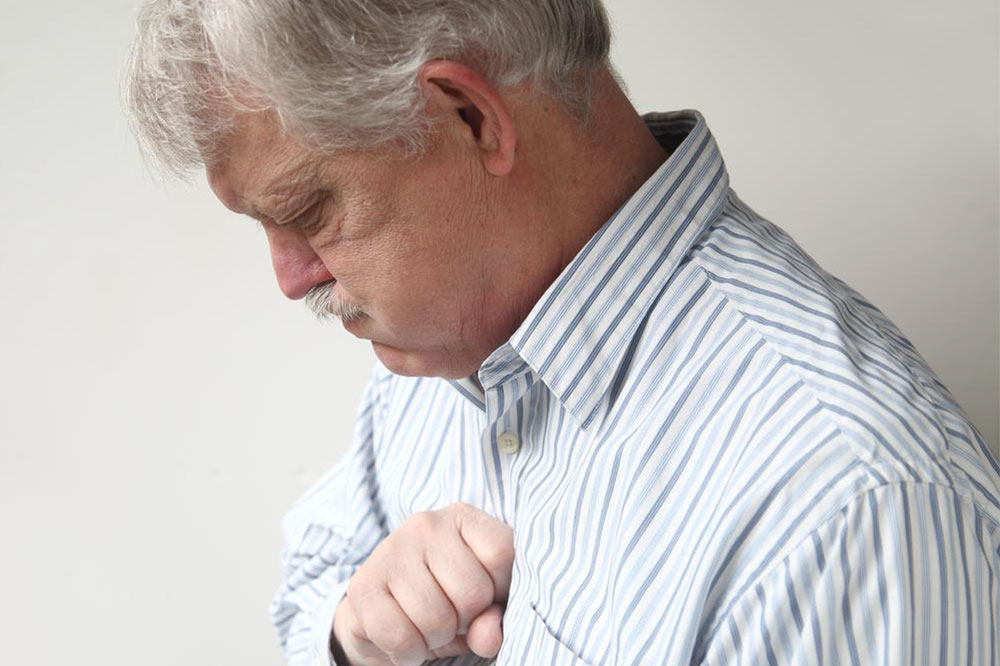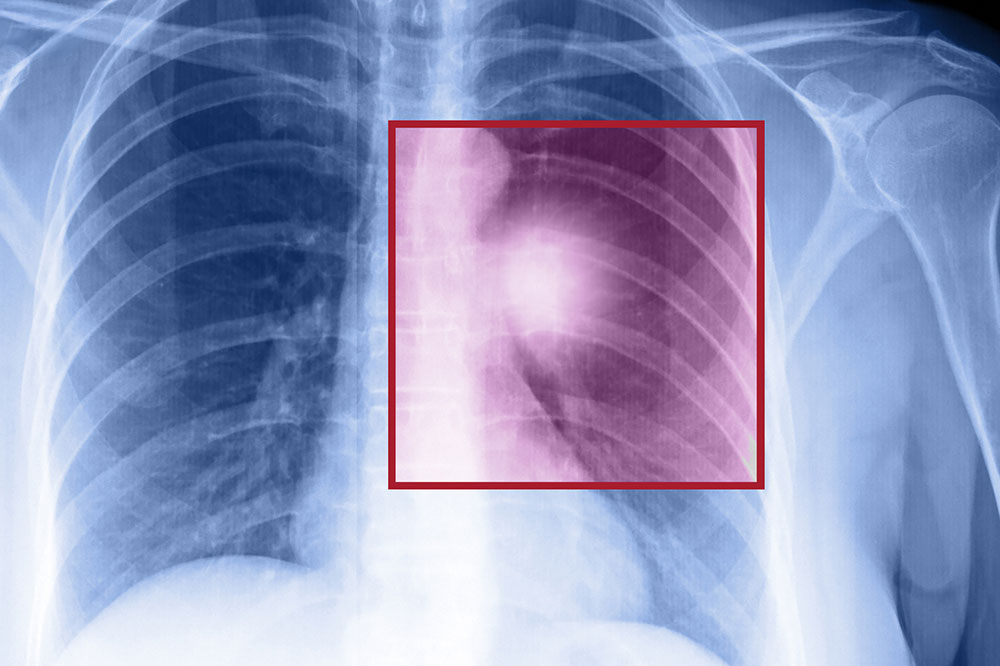Understanding Osteoarthritis: Causes and Symptoms
This article explores the key factors contributing to osteoarthritis, including age, gender, genetics, obesity, and injuries. It details common symptoms such as joint pain, stiffness, and swelling, and highlights lifestyle and preventive measures to manage the condition effectively. Understanding these risk factors can help in early detection and tailored treatment strategies to improve joint health and mobility.

Understanding Osteoarthritis: Causes and Symptoms
Factors Contributing to Osteoarthritis
Osteoarthritis risk is influenced by various factors grouped into three main categories: factors you can change locally, systemic factors you can modify, and inherited non-modifiable factors.
Local modifiable factors include muscle strength, physical activity levels, prior joint injuries, joint alignment, and leg length discrepancies.
Systemic modifiable factors are broader influences such as body weight and diet.
Non-modifiable factors encompass age, gender, genetics, and ethnicity, which cannot be altered but impact disease risk.
1) Age
Advancing age is a primary risk factor, as years of joint use wear down cartilage and impair joint function. Incidence rises notably after 60, especially in women, due to decreased tissue repair and increased oxidative damage.
2) Gender
Women are more susceptible, especially affecting the hands, knees, and feet. Post-menopause, hormone changes influence severity. Differences in bone strength and joint structure also contribute.
3) Genetic Factors
Genetics play a significant role, with over half of hip, knee, and hand OA linked to inherited traits. Specific genes on chromosomes 2q, 11q, and 7q22 have been associated with different OA forms. Younger adults often develop OA following joint injuries.
4) Obesity
High body weight greatly increases OA risk, especially in knees and hips. Every 5-unit BMI rise raises knee OA risk by 35%, while losing 5kg can cut risk by half. Obesity also links to hand OA, likely through systemic metabolic effects.
5) Nutritional Factors
Vitamin deficiencies, notably D, C, and K, can affect joint health. Low vitamin D’s role remains debated, but antioxidants like vitamin C and K help protect cartilage. Adequate nutrition supports joint integrity and may slow OA progression.
6) Physical Activity & Occupation
Repetitive joint motions and certain job activities, such as kneeling, squatting, or lifting, increase OA risk. Athletes participating in high-impact sports also face higher odds, mainly due to injuries. Proper ergonomics and activity moderation are key preventive measures.
7) Joint Injuries
Traumatic injuries, especially to the knee like ACL tears and meniscal damage, significantly raise OA risk. Damage causes joint surface deterioration and post-injury inflammation. OA may appear within 10 years after injury, underscoring the importance of injury prevention and management.
8) Muscle Strength
Surrounding muscles provide joint support and absorb shock. Weak muscles increase the likelihood of OA. Strengthening exercises can reduce the risk and slow disease progression, highlighting the importance of maintaining muscle health.
9) Joint Alignment
Misaligned joints unevenly distribute load, accelerating cartilage wear. Knee malalignment is a key predictor of OA progression and associated joint changes. Proper alignment through intervention can help preserve joint function.
Recognizing Osteoarthritis Symptoms
OA develops gradually, with symptoms worsening over time. Common signs include:
Pain during or after joint movement
Persistent achiness
Tenderness to touch
Stiffness after inactivity
Limited joint mobility
Grinding or cracking sounds during movement
Bone spurs or hard lumps around joints
Swelling in joint areas
The presentation varies by joint affected. Hip OA causes groin and buttock pain; knee OA involves a scraping sensation; hand OA shows swelling and bone spurs; foot OA causes big toe pain and ankle swelling. These symptoms can impair mobility and increase fall and fracture risk.










